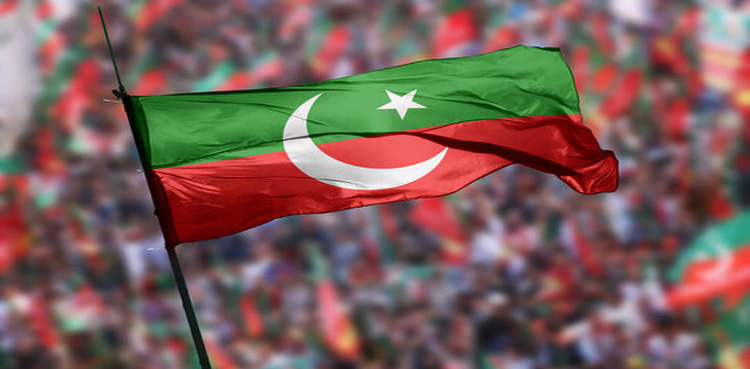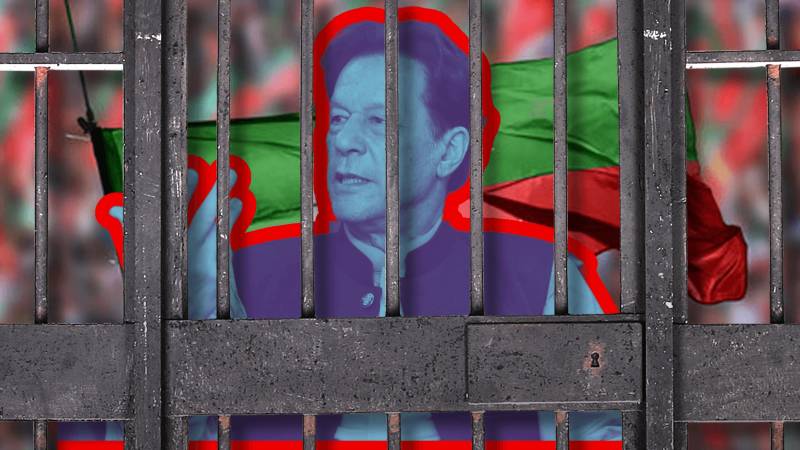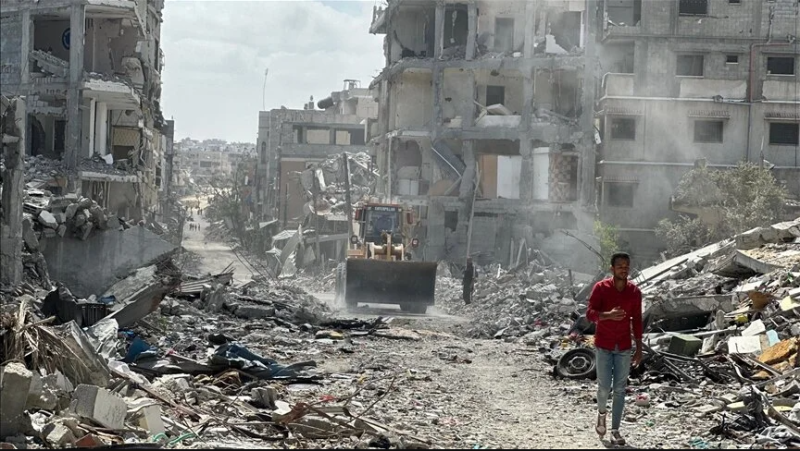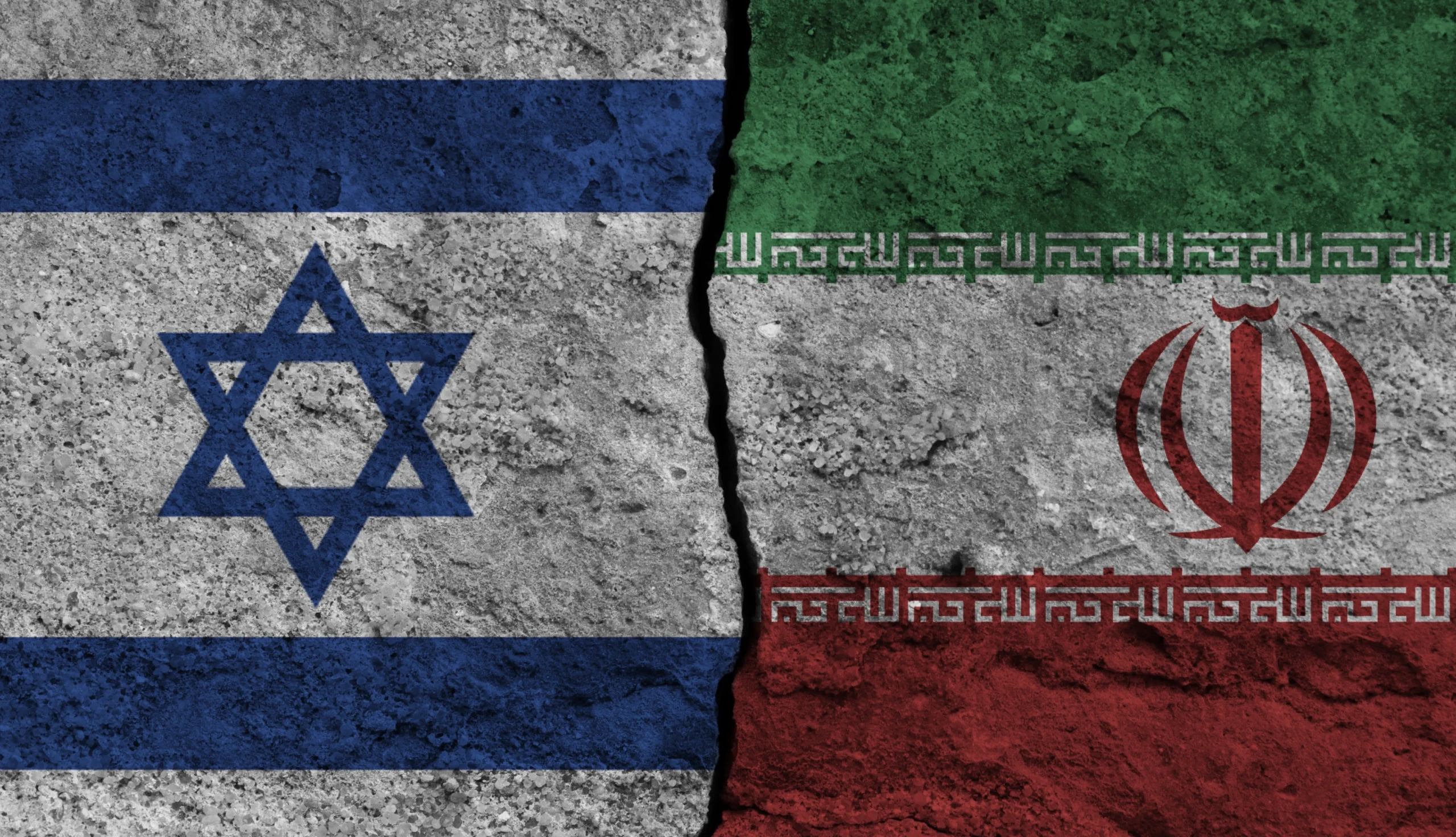Zafar Iqbal
Pakistan is teetering on the edge of a full-scale logistics collapse. A perfect storm of road blockades in Sindh and a crippling transport strike in Karachi has thrown supply chains into chaos, jeopardizing trade flows, industrial operations, and employment across the country. What began as localized protests over water access has escalated into a national trade emergency, with ripple effects threatening to drag down what little momentum remains in the economy.
At the heart of the crisis are ongoing road blockades in interior Sindh, where public outrage over canal construction and water scarcity has led to widespread protests. While the grievances — particularly over worsening water shortages — are legitimate and deserve attention, the fallout from the resulting disruptions has pushed the country’s fragile logistics infrastructure into a downward spiral.
For over a week now, key transportation arteries have been choked off, bringing cargo movement to a near standstill in affected regions. Exporters in upcountry industrial zones — particularly Punjab — are among the hardest hit. Thousands of containers are stranded en route or sitting idle at manufacturing hubs, unable to move forward. With deadlines looming, international buyers are growing impatient. Cancelled orders, penalized shipments, and forced air freight have become the new norm for many exporters, eating into already thin profit margins and damaging long-standing trade relationships.
Pakistan’s textile sector, the country’s largest export contributor and a critical source of foreign exchange, is facing the brunt of the disruption. Manufacturers are struggling to receive imported raw materials, meet buyer deadlines, and maintain workflow continuity. The fear of factory shutdowns is no longer hypothetical — it’s a growing risk as supply chains buckle under the pressure of delayed deliveries and rising operational costs.
And the situation isn’t confined to exports. Domestic industries, too, are at risk. Many sectors rely on just-in-time inventory systems, which have now been thrown into disarray. With shipments of key components and materials blocked, the potential for widespread production halts is growing. A delay of days may be manageable; a disruption stretching into weeks could have cascading effects across the economy — from rising prices to increased unemployment.
Layered on top of this already dangerous situation is the strike by transporters in Karachi — Pakistan’s primary trade and logistics hub. The strike, spurred by ongoing crackdowns and grievances with authorities, has led to further paralysis of road freight movement. With Karachi ports serving as the main entry and exit points for the country’s imports and exports, this additional bottleneck has intensified the crisis to near breaking point.
The cumulative effect of both events is staggering. Experts estimate that over 10,000 containers are currently gridlocked, creating a severe container shortage nationwide. The backlog is not only stalling ongoing trade but also threatening to compromise upcoming export commitments. Missed deadlines can result in more than just immediate financial loss — they can lead to long-term reputational damage and the erosion of international trust in Pakistan as a reliable trade partner.
Petroleum logistics, another sensitive area, could also be impacted if the crisis lingers. While recent over-importing has created temporary inventory buffers, these are only expected to last for 10–12 days. The recent expansion of the White Oil Pipeline has helped reduce some dependency on road-based transport, offering a buffer against potential fuel supply disruptions. However, this safety net is limited — and if the blockades continue unchecked, the risk of fuel shortages cannot be ignored.
Industry leaders are sounding the alarm. “This is not just a logistics crisis — it’s a national trade emergency,” warned Fawad Anwar, Chairman of the Pakistan Textile Council. “High-value export consignments are at risk of default, and containers of imported materials are stranded at ports. If the government fails to act swiftly, the financial and reputational fallout could be devastating.”
His warning underscores a broader truth: Pakistan’s economy, already hamstrung by sluggish GDP growth, high inflation, and rising unemployment, cannot afford another systemic shock. Large-Scale Manufacturing (LSM) is already operating at multi-year lows, with factories cutting output and jobs amid reduced demand and rising input costs. Any further stress — particularly to supply chains — could push several industrial units over the edge.
What makes this situation even more troubling is its timing. Pakistan is in the early stages of what should be a critical economic recovery phase. The country is courting foreign investors, negotiating international trade deals, and working to stabilize its fiscal position. A breakdown in logistics right now sends the wrong signal to global partners and local businesses alike. It suggests fragility, uncertainty, and policy paralysis — precisely the image Pakistan can least afford.
That’s why government intervention cannot be delayed. While addressing the water-related concerns of Sindh’s residents is necessary and just, it must be done without paralyzing national logistics. A solution that balances public interest with economic stability is essential. Immediate dialogue with protest leaders, transparency in canal development planning, and a firm commitment to equitable water distribution could help defuse tensions and restore mobility on blocked routes.
Please subscribe to the YouTube channel of republicpolicy.com for quality podcasts:
At the same time, the federal and provincial governments must step in to mediate with the Karachi transporters. Their grievances must be acknowledged and negotiated in good faith, but not at the cost of national trade. Law enforcement actions need to be reviewed to ensure they are not creating unintended economic consequences. Collaborative solutions — perhaps through structured engagement and policy review forums — may offer a way out without deepening the standoff.
In parallel, contingency plans must be activated. The private sector, particularly exporters, needs logistical support — including expedited customs clearance, alternative routing options, and short-term subsidies for air freight if necessary. Ports should be operating around the clock to reduce backlogs, and alternative transportation channels like rail and pipeline should be optimized for interim use.
Finally, the crisis reveals the broader weakness of Pakistan’s supply chain resilience. A nation of over 240 million people cannot afford to have its trade network so vulnerable to disruption from a few road blockades or local strikes. Long-term reforms in logistics infrastructure, intermodal transport, digital tracking systems, and dispute resolution mechanisms are urgently needed to ensure continuity and competitiveness.
In conclusion, Pakistan’s ongoing logistics meltdown is more than a traffic problem — it’s a threat to the country’s economic backbone. The government must act decisively and swiftly, balancing political sensitivity with economic pragmatism. Every day of inaction compounds the risks. The supply chain is the lifeline of trade — and Pakistan’s is gasping for air.
If the country is to preserve its place in global markets and protect millions of livelihoods, this crisis must not be allowed to drag on. The roads may be blocked, but the path forward must be cleared — urgently.

















